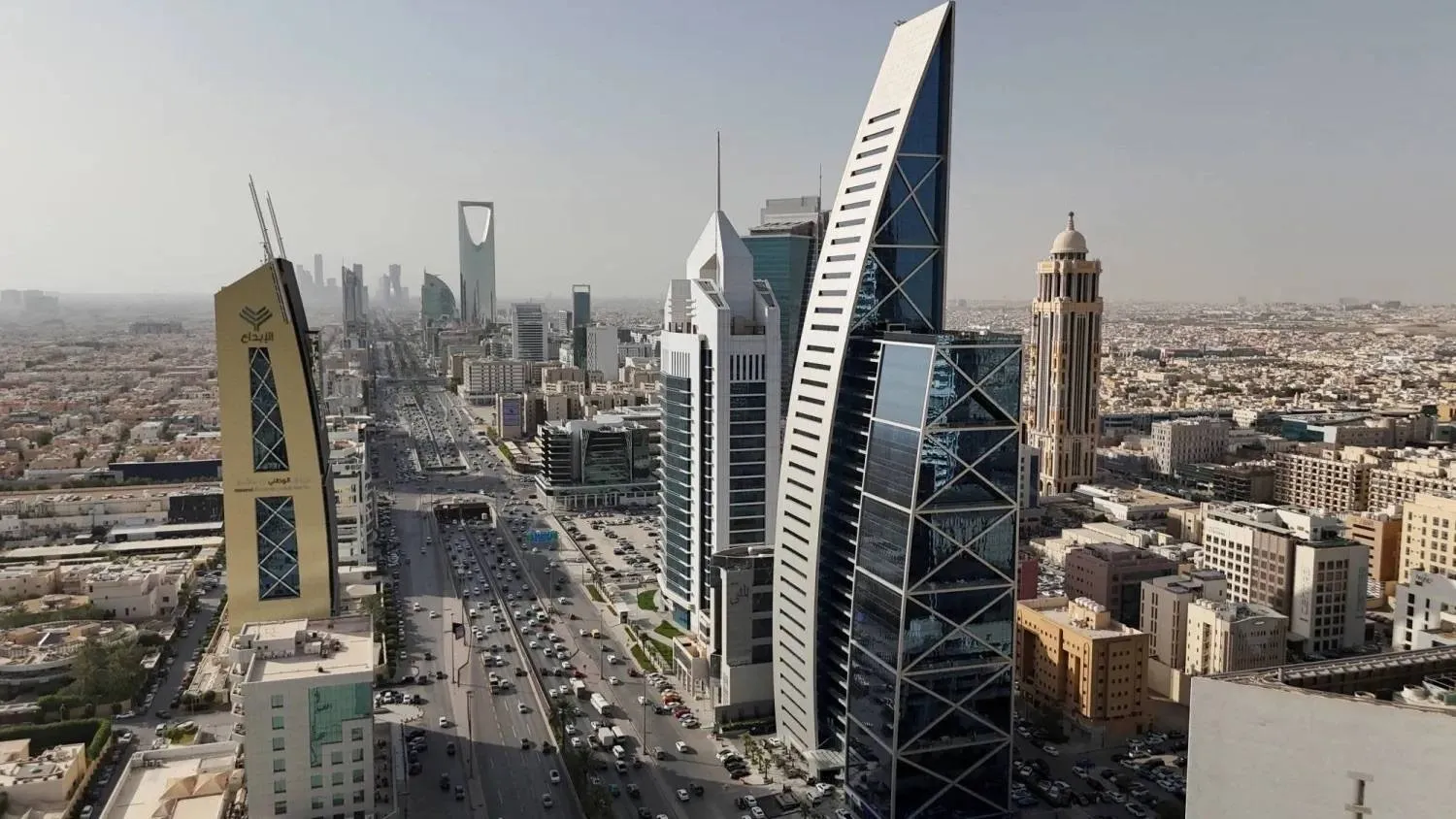Exporters are scrambling to find alternative ways, whether by air, land or sea, to deliver key consumer goods to retailers, as a series of attacks in the Red Sea exacerbate problems in maritime shipping supply chains around the world.
The Iranian-backed Yemeni Houthi group has intensified its attacks on ships in the Red Sea since Nov. 19 to show support for the Hamas movement as the Israeli military offensive in Gaza continues.
The attacks disrupted a major trade route linking Europe and North America to Asia via the Suez Canal, and container shipping costs rose more than threefold at times as companies sought to transport their goods via alternative, often longer, sea routes.
Standard & Poor’s Global said in a report that if there are prolonged disruptions, the consumer goods sector, which supplies the world’s major retail companies such as Walmart and IKEA, will face the greatest impact.
Alan Baer, CEO of OL USA, noted that he has teams advising shipping and logistics clients to prepare for disruptions in the Red Sea that could extend for at least ninety days.
Jan Kleine-Lasthues, chief operating officer airfreight with leading German freight forwarder Hellmann Worldwide Logistics, said that companies were now trying to switch to what is called “multimodal transportation” to maintain global supply chains, which includes a common sea and air route.
He added that Hellmann has witnessed an increase in demand on the common air and sea routes for consumer goods, such as clothing, as well as electronics and technical materials. This could mean, for example, that the goods are first transported by sea to a port in Dubai, then loaded onto planes.
“This alternative route allows customers to avoid the danger zone in the Red Sea and the long voyage around the southern tip of Africa,” Kleine-Lasthues told Reuters.
For his part, Paul Brashier, vice president of Drayage and Intermodal for supply chain group ITS Logistics, told the agency that some companies might choose to use air freight for particularly urgent or critical goods, but the cost means that it is not a comprehensive solution.
Moving goods by air costs roughly 5-15 times more than by sea, where container shipping rates are still low by historical standards, said Brian Bourke, global chief commercial officer at SEKO Logistics.
Quoted by Reuters, he noted that if the time required to get goods to shelves doubled, more shippers would switch to air - especially for high value goods like designer clothing and high-end electronics.
Corey Ranslem, CEO of British maritime risk advisory and security company Dryad Global, said that around 35,000 vessels sail through the Red Sea region annually, moving goods between Europe, the Middle East and Asia, representing about 10% of global GDP.
“Under an extended threat you will see the price of fuel and goods into Europe increase substantially because of the increased costs of diverting around Africa, which can add roughly 30 days to a transit depending on the arrival port,” Ranslem told Reuters.
The agency noted that shipping companies remain in the dark over a new international navy coalition being assembled by the United States aimed at stabilizing the area.
A Spanish fashion industry source told Reuters shipping lines were telling customers a lot was riding on the US-led task force and whether it can prevent more attacks and make the route safe again.









